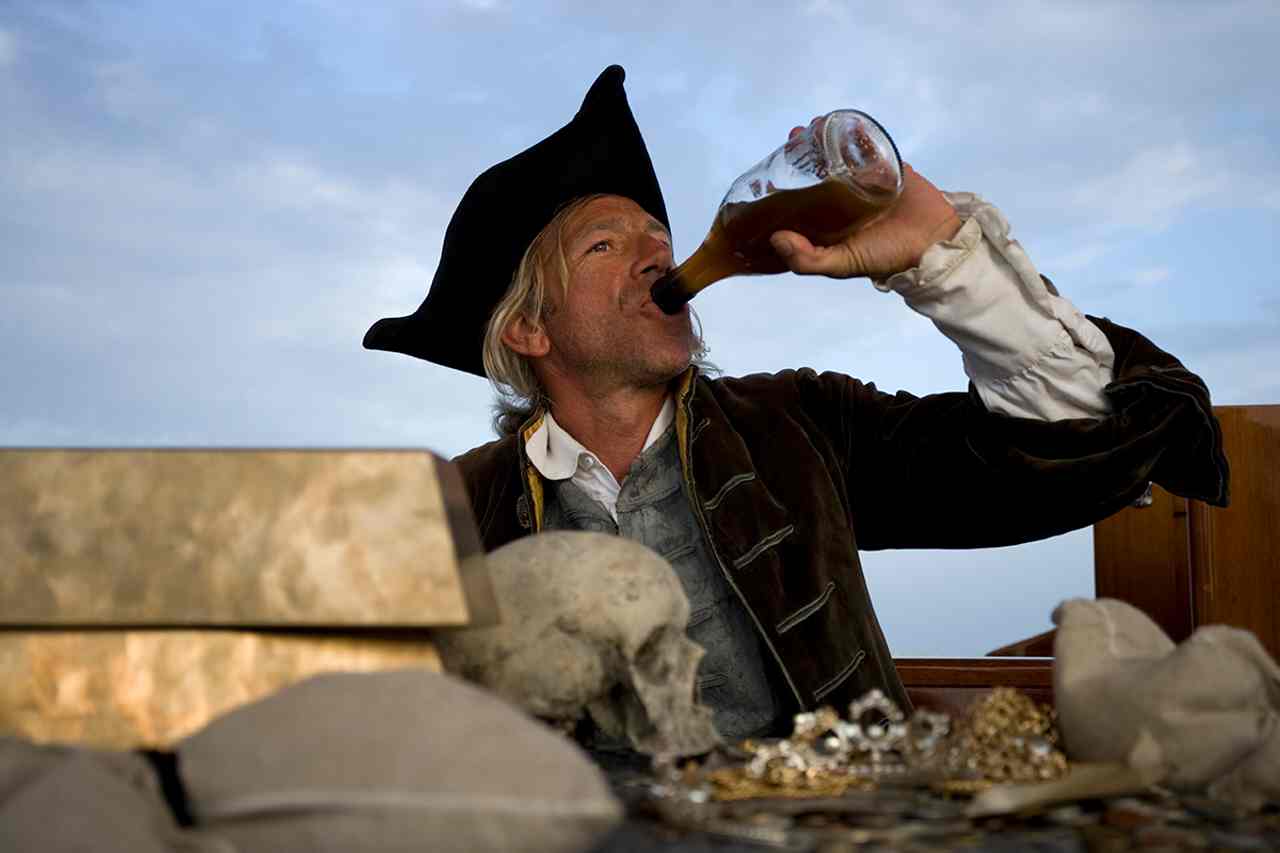If you happen to’ve ever examined a bottle of alcohol (and who hasn’t?), you’ve got in all probability seen that there are two measures of alcoholic content material printed on it. One is the alcohol proportion by quantity, and the opposite is the proof. You may also have seen that (in the USA, anyway) the proof is all the time twice the proportion. So why do we’d like each numbers if one is all the time twice the opposite — is not that a bit redundant? And what’s proof, aside from a quantity you get if you double one other quantity?
Explanations abound on the Web for the origins of the time period "proof." The small print differ, nevertheless it boils all the way down to a take a look at involving gunpowder and fireplace. Sure, gunpowder and fireplace. Relying who you ask, this take a look at may have been devised wherever from the sixteenth to the early 18th century, and it happened as a result of the necessity arose to check the alcoholic content material of the spirits that individuals had been making and promoting.
In a few of these origin tales, it is pirates or sailors who did the testing as a result of they had been uninterested in being bought watered-down rum by devious retailers. Typically it was the British or American authorities inventing the take a look at as a result of devious farmers had been watering down the whiskey they distilled from their corn crops. Regardless of the case, the testing agent was gunpowder, whether or not it was poured into the alcohol or a pellet of it was soaked in alcohol. The alcohol/gunpowder combo was then ignited, and what occurred subsequent supposedly decided how a lot alcohol was really current.
Once more, the main points differ, however the story goes that if the combination flared or exploded, the alcohol was "above proof." Some sources say that the presence of fireside indicated 50 p.c alcohol, and a few say it simply meant that the alcohol wasn’t watered down. In any case, fireplace proved that the alcohol was acceptable.
These tales clarify how the time period "proof" may need originated, however they do not actually inform us how our modern-day definition happened. In an article printed within the Journal of Chemical Schooling, a chemistry professor named William B. Jensen does point out the gunpowder take a look at however says that in Nineteenth-century United States, 50 p.c alcohol by quantity was determined upon because the "100-proof" commonplace for taxation functions. In order that’s why proof is all the time twice the proportion [source: Jensen].
Different nations have proof methods, too, however they’re all wildly totally different — what’s 100 proof in the USA, for instance, is 50 proof in France and 87.6 proof in the UK [source: Jensen]. However most nations do require that the precise proportion even be displayed, sparing worldwide vacationers loads of confusion and pointless calculations.
So if alcohol proportion by quantity is probably the most easy, scientific measurement, why cannot we simply depart it at that? Why does proof, an antiquated, redundant time period, nonetheless must be printed on each bottle of alcohol? The reply, we’re afraid, may need been misplaced to historical past, similar to the main points of that gunpowder take a look at.







